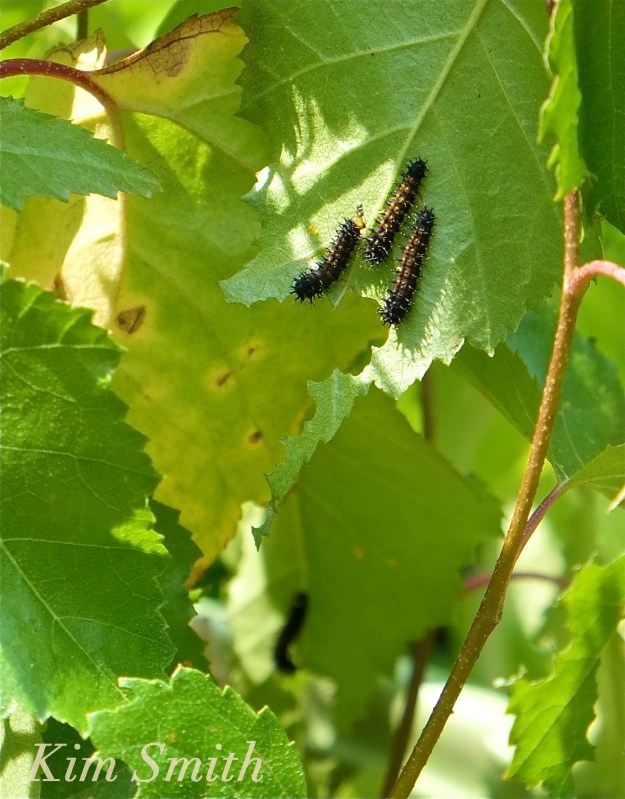What is a Honey Bee swarm?
After the spring population boom, Honey Bee swarms are a natural response to overcrowding in a hive. When a Honey Bee colony outgrows its hive, the bees will make a new queen. The new queen stays at the current hive, while the original queen departs to start a new hive in a new location. She takes most of the worker bees with her. The queen cannot fly very long distances. The swarm stops somewhere to rest while the scout bees go exploring for a suitable location to make their new hive. The traveling mass rests in open places such as a tree branch, picnic bench, wall, doorway, and even the ground.
You can tell a Honey Bee swarm because the bees aren’t laden with pollen. You will not see orange or yellow pollen evident on the pollen baskets on their hind legs. The bees are not aggressive as they are not protecting a brood and only sting if provoked.
What to do if you see a Honey Bee swarm?
The best thing to do is to leave the swarm alone. Within a few hours or up to a few days or so, the scout bees return and lead the swarm away to the new hive location.
You can find more information here – https://extension.arizona.edu/bee-informed-warming-swarming
The bee swarm seen here occurred at the children’s campus at Philip’s Academy, which is adjacent to the butterfly garden that I designed and take care of. There are a number of White Oaks on the campus that are a draw to myriad species of pollinators. I love how the teachers at the school used the swarm as a wonderful teaching moment. They created a list with the children’s names and took small batches of kids over to the swarm to look at and to take a guess as to how many bees were held in the swarm. None appeared frightened, and all were curious 🙂









